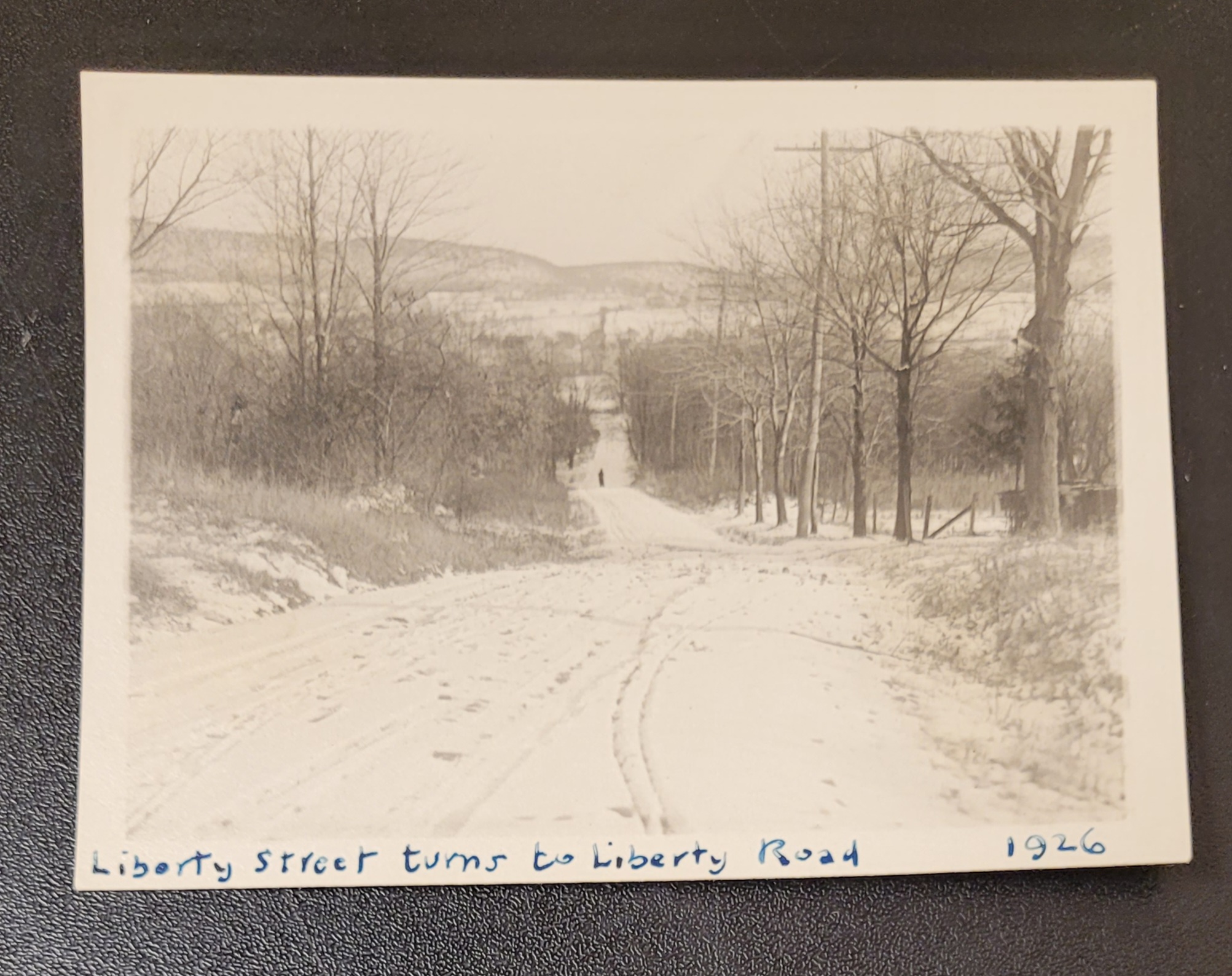Prattsville To Deep River PRP, Then Up Liberty Street …Road
“I dream with my eyes open.” –Jules Verne
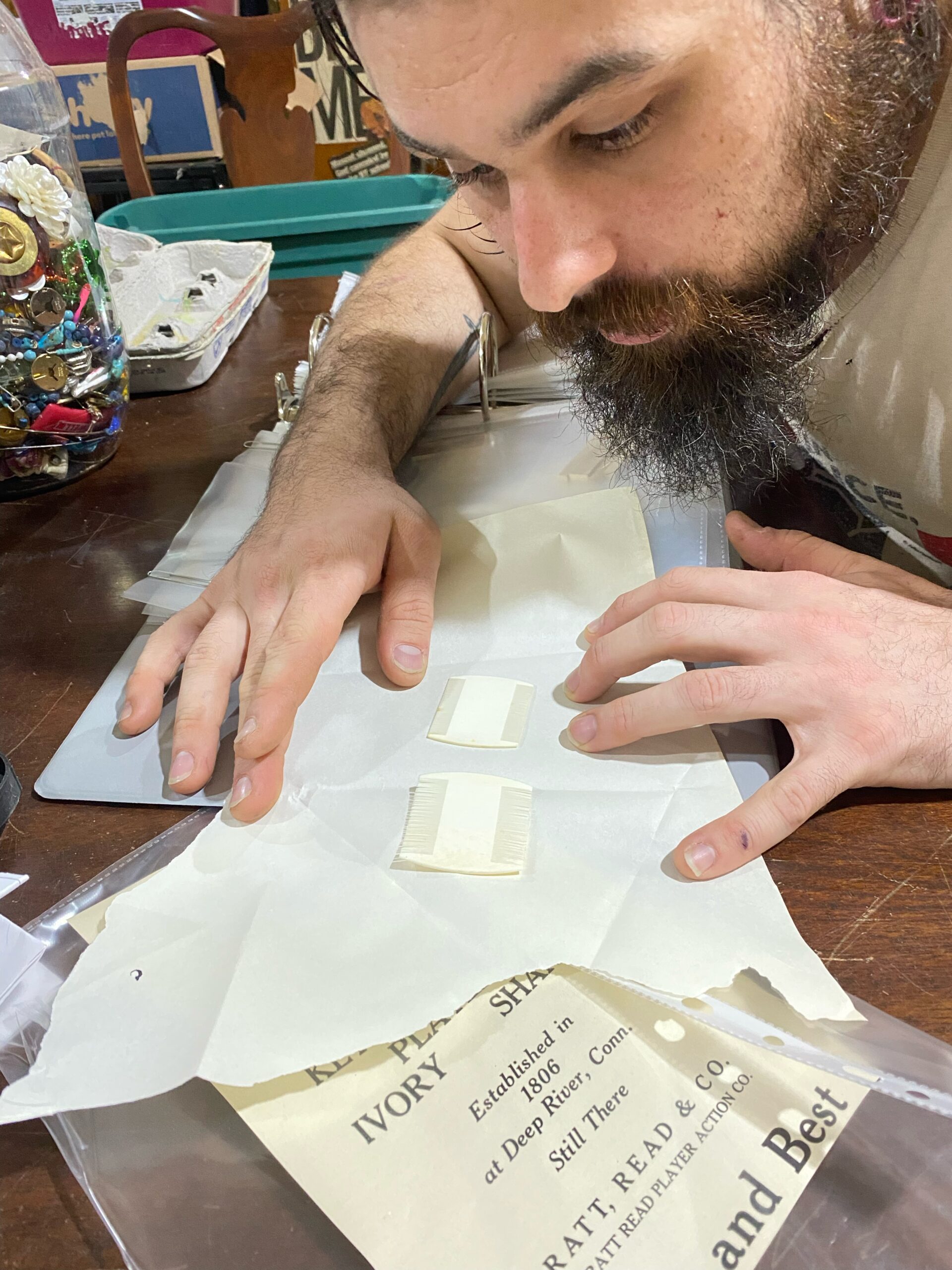
Ivory combs from the archives are examined by Ian Basilone, Pandemonium Rainforest Project (PRP) manager and historian, Deep RIver.. From the majestic elephant tusk across the world to Connecticut to be sawn and bleached, then refined to a product, well. Ask the purpose of the once-popular combs and this business if you visit.
Prattsville (Meriden), south to Pandemonium Rainforest Project (PRP) and updates, an interview with Ian Basilone, PRP manager and historian.
But first. Goodbye.
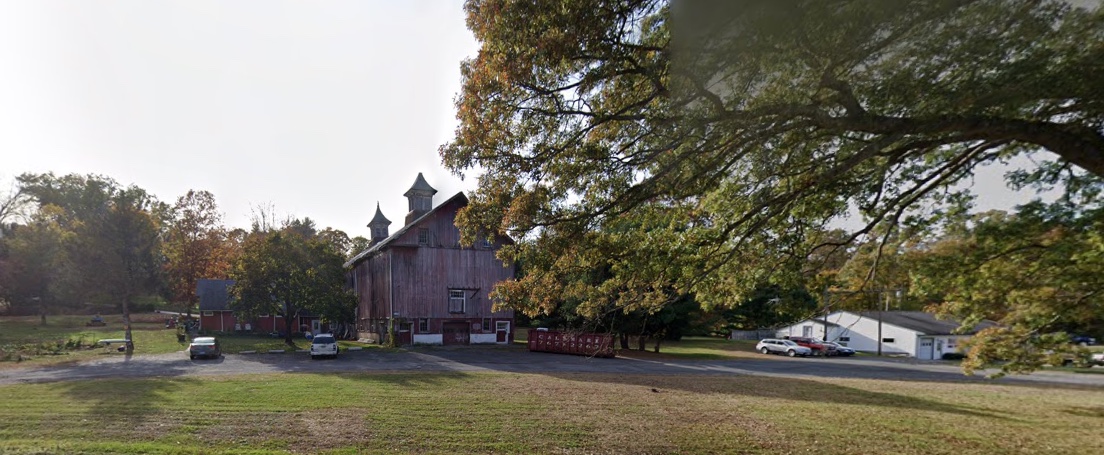
Not there now. That was then. Via Google maps, connected to the location. Goodbye to Haddam barn. It's gone.
A Connecticut River drive via Saybrook Road and a double take. The barn, gone. To be sure, it had stood for years and the soundness of the structure was likely the reason all was removed.
“The most magnificent barn in Haddam, the Hazenhurst Dairy Barn sits along the west side of Saybrook Road facing Haddam Meadows State Park. A real estate advertisement from the early 20th century states the building is a “modern” dairy barn fully equipped with milking machines, refrigeration, steam sterilizing outfits and more. Tie ups for 38 cows, seven calfs and maternity box stalls, one herd sire box stall, and storage for 200 tons of hay and 60 tons grain overhead. It was purchased by gentleman farmer Edward Hazen in 1913-1915. Records indicate that the barn was built in 1900 although local tradition states that the barn is actually two older barns that were moved together to create this monumental structure. One barn came from the Arnold property just south of the old burying ground. The barn exhibits vertical plank siding with gable end to street. The massive roof is highlighted by two ornate cupolas which provide ventilation. Two silos were once featured on the north facade and made of cast blocks. Fenestration and entries are found on the ground floor. The building is currently in a state of deterioration. A small house, formerly a dairy building is attached to the southern elevation.”
A favorite landmark; one that will be missed. (The passage under the road for cows to go out/back to pasture, such an interesting solution. A cow tunnel. Here's time travel via Google Maps, 2018.)
Now let's shift gears and travel to Deep River and some history and architecture that is preserved; a most vital mission supported in the process.
That's Basilone with near-final proofs of signage that will be placed around the PRP complex to help visitors understand the landscape and history here in Deep River. The to-be museum vault and trails will add even more context that is so valuable to translate and comprehend what is still in existence. (Related story about the PRP sanctuary, linked here. Remember, no dogs are allowed on the entire campus.)
For a related story, published earlier this year (2023), see this link: https://www.moodogpress.com/2023/07/ivory-to-sanctuary-prp-building-history-tusks-deep-river-port/.
PRP components in Deep River, Connecticut include Pandemonium R3 (Recycle, Reuse, Repurpose) Thrift located in the former Pratt Read & Co., later Electric Soldering Iron Co. (ESICO, which moved to nearby Chester). The animals at Ashleigh's Garden. Growing ideas to connect to the community, region.
From Connecticut Mills: Architectural Description:
“The 1856 wood frame factory building is one and a half stories with gable roof. One to two bleach houses, with southwestern facing glass elevations, were located to the north of the factory until c. 1925. An ivory vault was located to the west on the other side of the head race until c.1936. The eastern engine shop and boiler house were built in 1911. According to town historian Rich Kalapos, as of 2016 the turn of the century turbine, rope-pulled elevator, and some machinery remain in place.”
Bleach houses.
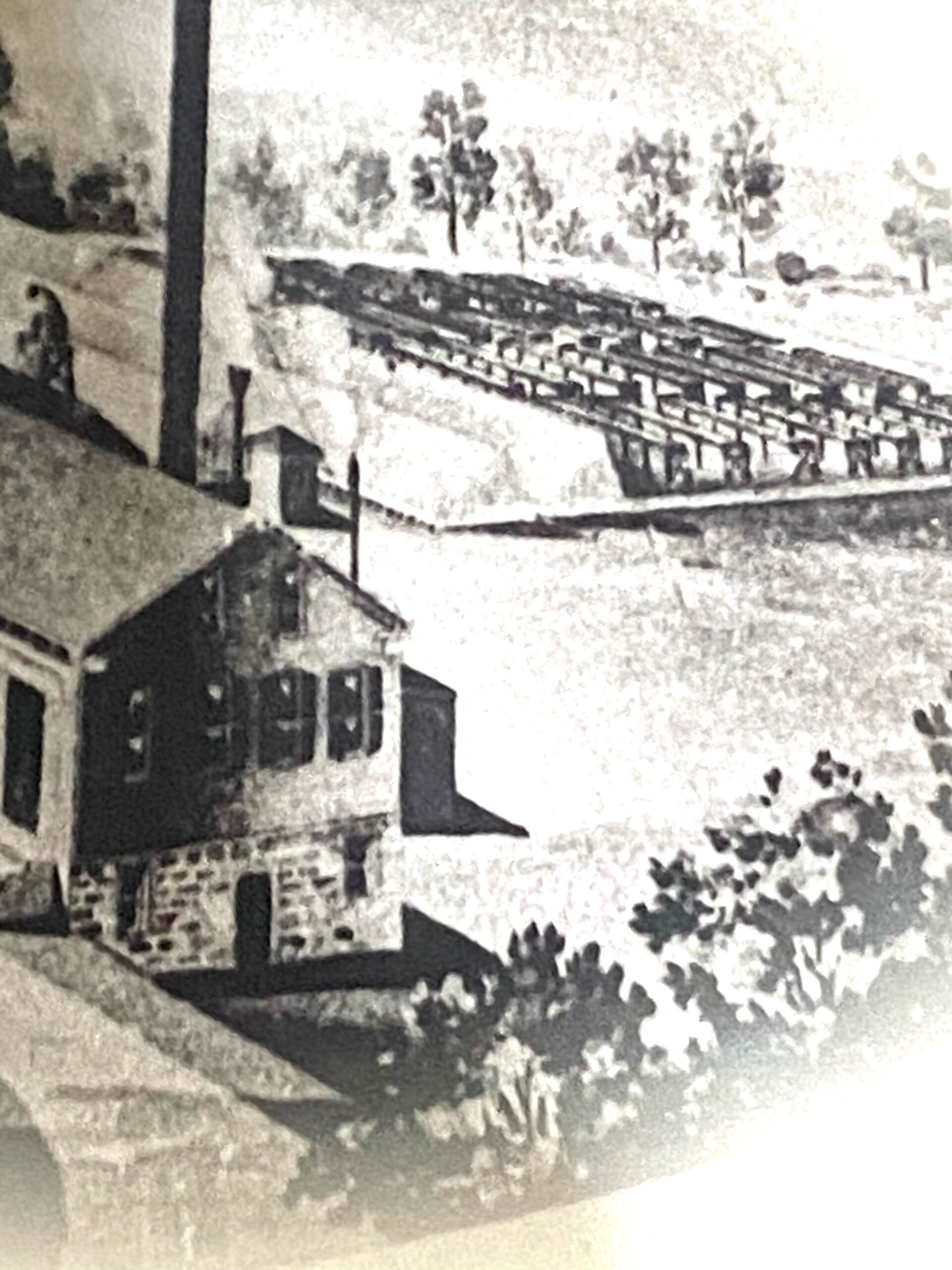
Upper right, bleaching process detail. Interpretation of this image courtesy of Ian Basilone helps with understanding all that can be seen walking the present-day site (ruins and foundations).
And this, received.
“Thank you for your research request. I was able to find the information below and attached images regarding Burton Hubbell's biographical information and images of Casper (Caspar) Hall Place and surrounding area. If you have any further requests, please feel free to reach out again.”
Regards,
Chris Hendricks (volunteer, Meriden Historical Society), who grew up in Prattsville. And is incredible at research. (To be accomplished, a joint field trip inside the Pratt factory in Meriden.)
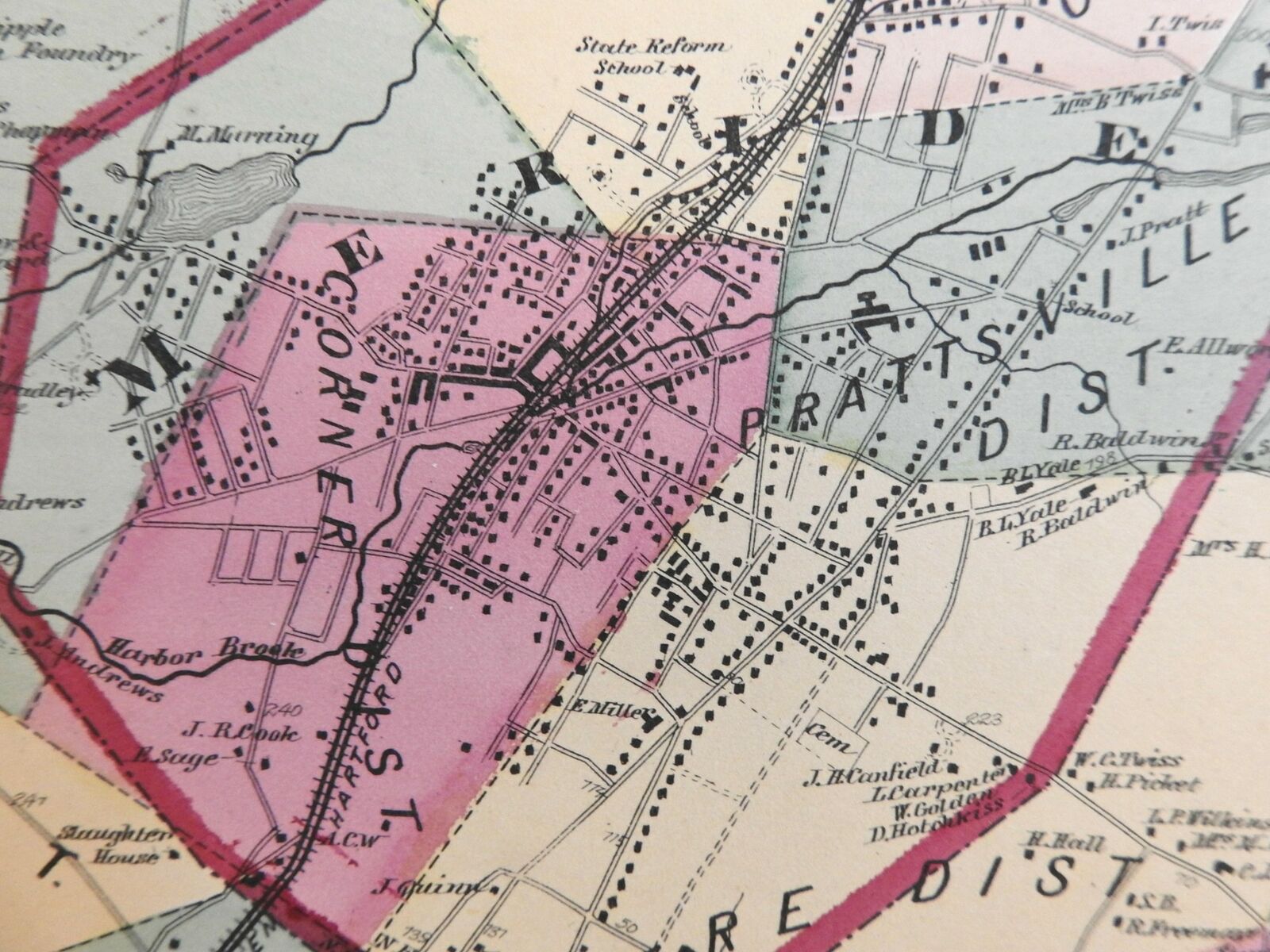
Note “Prattsville” on this ‘Meriden Connecticut Pluymoy Hanover Ives 1868 F.W. Beers' detailed city plan
Publication Date: 1868. Available via Abe Books, should you desire a copy.
“The farm ran down to Black Pond on the south and adjoined the Middletown line on the east. There is evidence that Brenton was in Meriden as early as 1760, and on February 18, 1762, he married Lament, the daughter of Jonathan Collins, whose old house has already been pictured, now known as the Samuel Clark place. In 1767 his father presented to Brenton the farm of 200 acres which then included a dwelling and other buildings.”
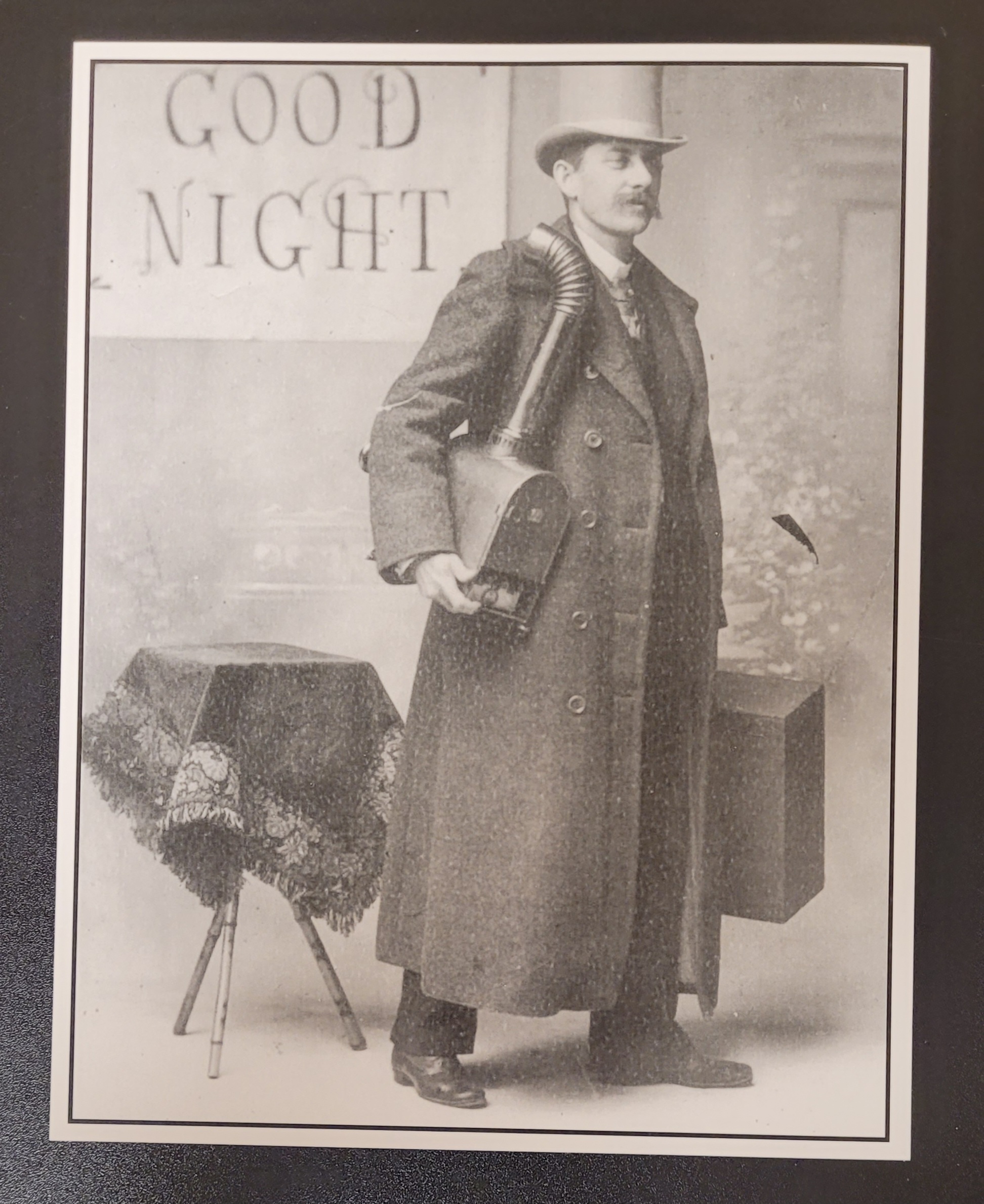
Photographer Burton Hubbell. What that mailbox contraption is that he is holding in this image, have no idea about what it can be. Will pursue finding out. From the diligent research by Chris Hendricks.
There was no East Main, but instead a road through the pass that continued to Middletown from Meriden. Huh. Liberty Street to Liberty Road?
Peel back time.
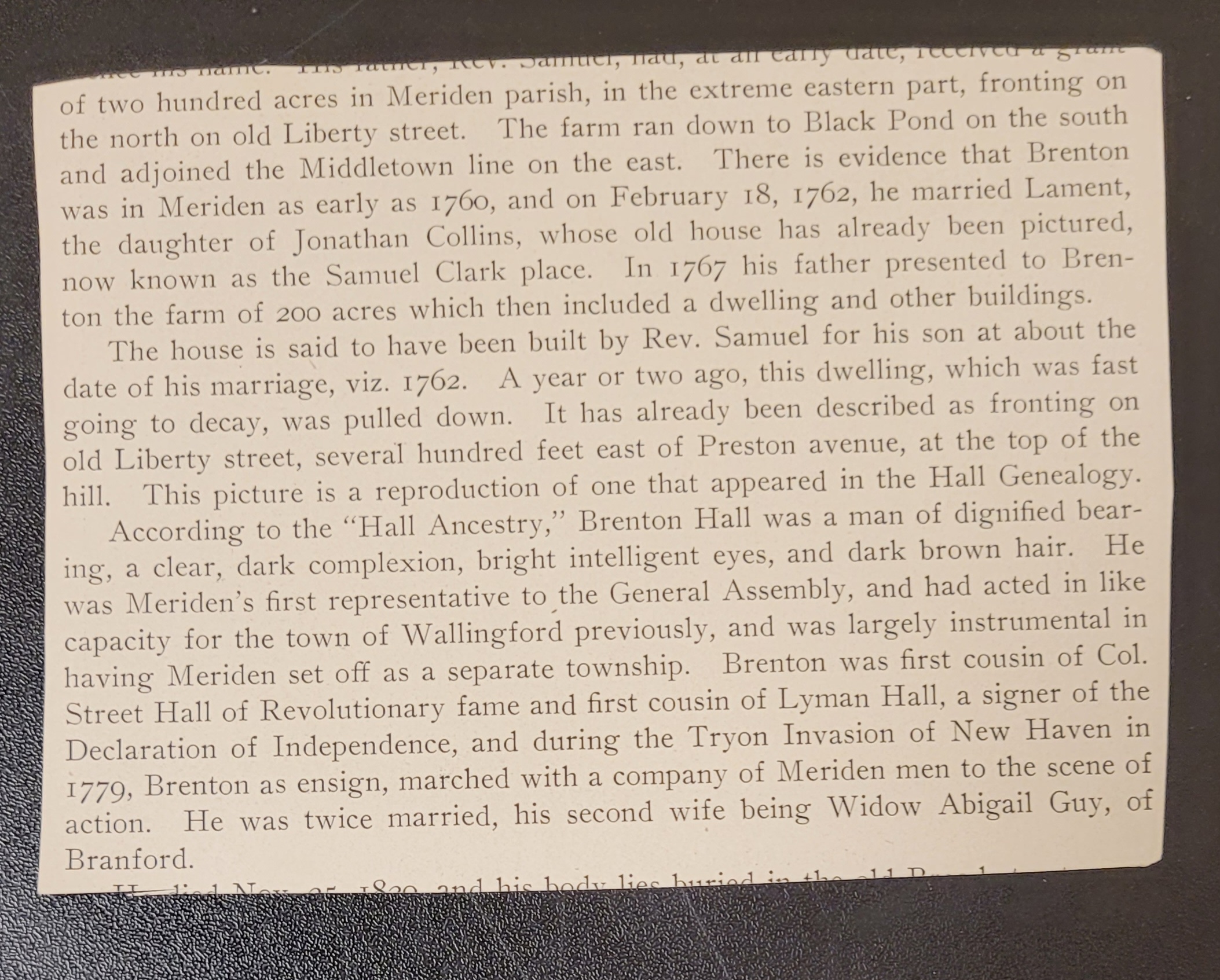
“The farm ran down to Black Pond on the south and adjoined the Middletown line on the east. There is evidence that Brenton was in Meriden as early as 1760, and on February 18, 1762, he married Lament, the daughter of Jonathan Collins, whose old house has already been pictured, now known as the Samuel Clark place. In 1767 his father presented to Brenton the farm of 200 acres which then included a dwelling and other buildings.”
Treasure the dedicated people passionate about history and communities.
More about Hubbell continued here, another page.

